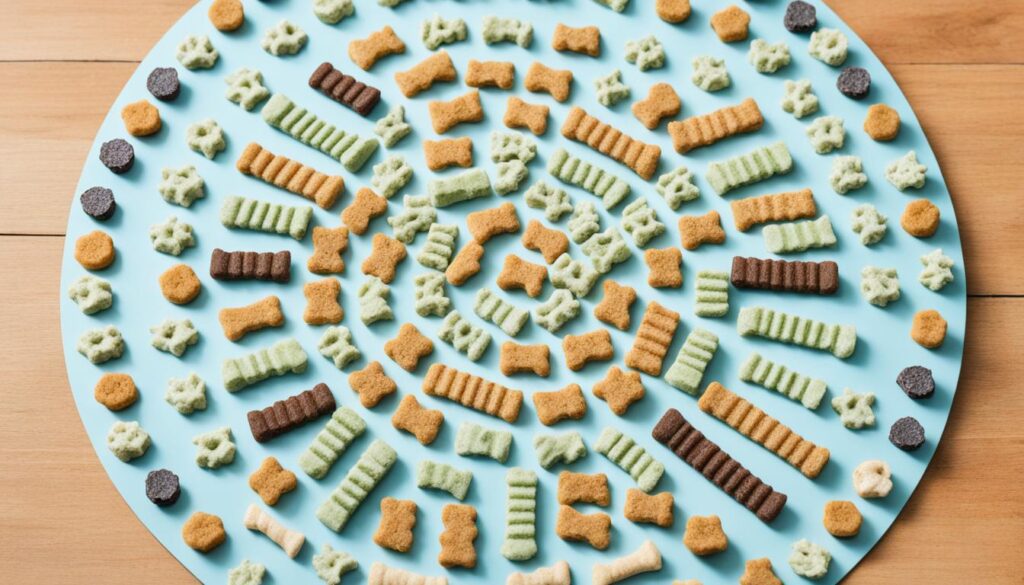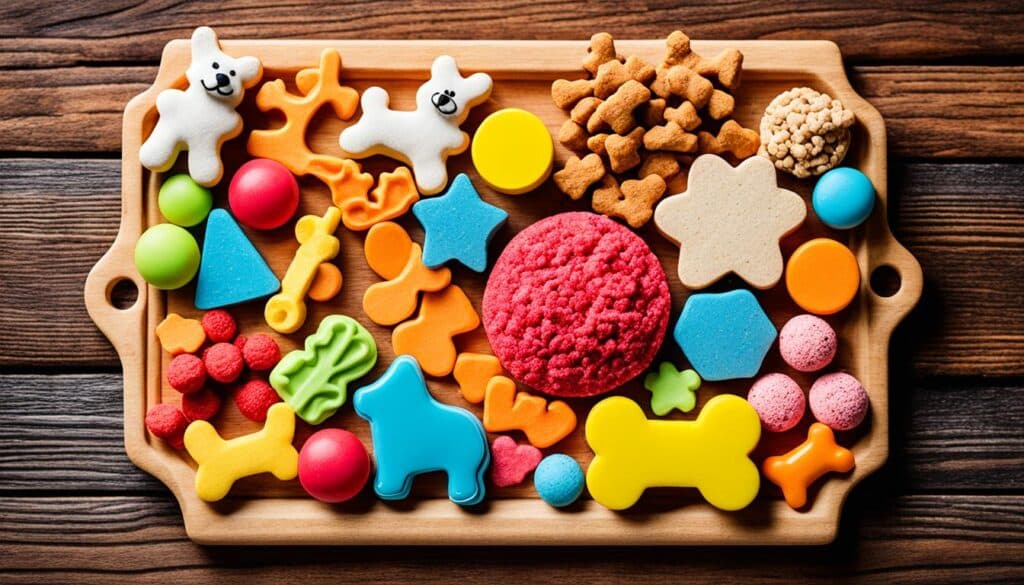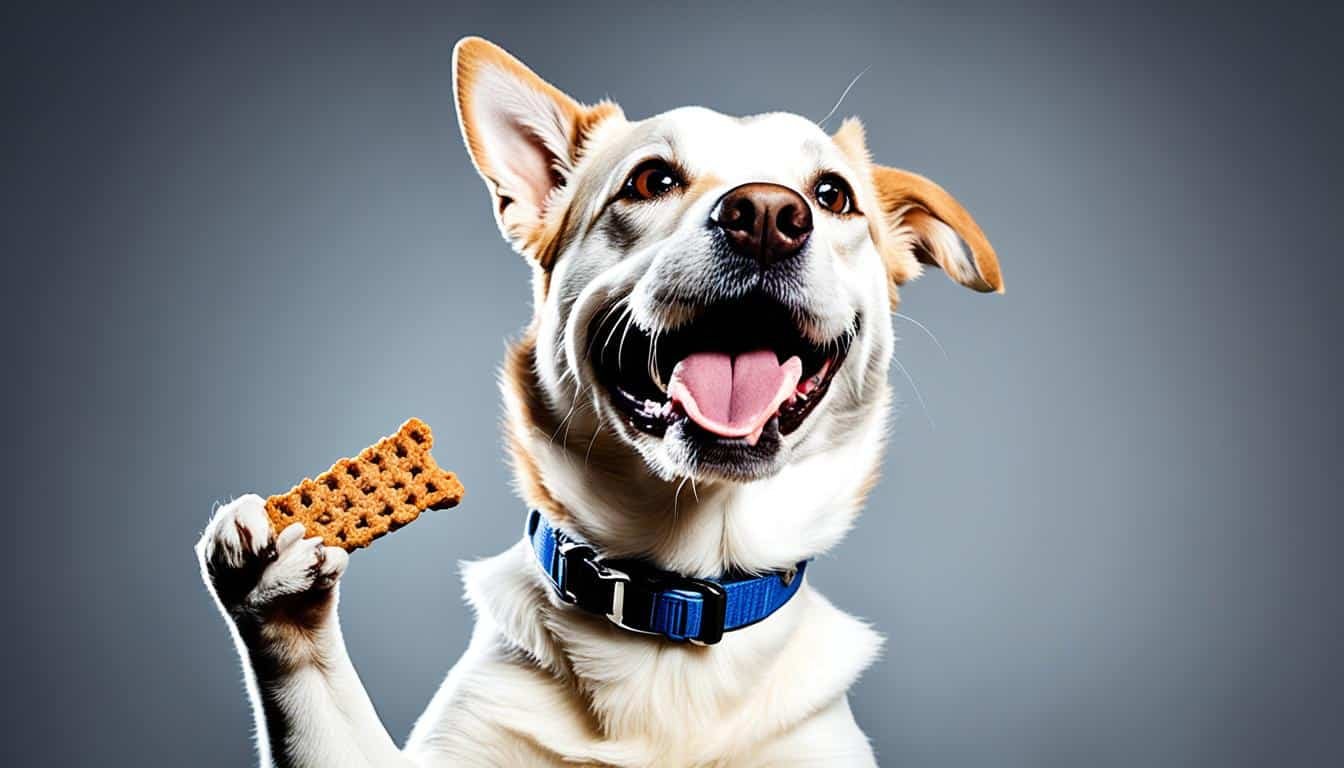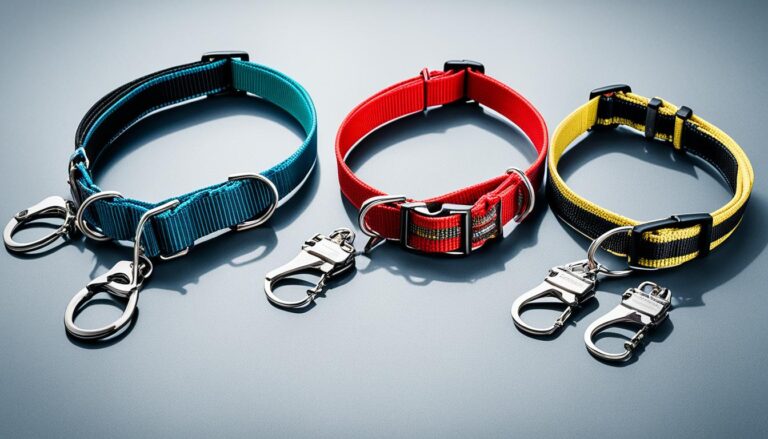What Are Good Dog Treats for Training?
When it comes to training your dog, using the right treats can make a huge difference. Food treats are often the most convenient and effective way to influence your dog’s behavior. But with so many options available, how do you know which treats are the best for training?
Imagine having a toolbox full of the most effective tools for training your dog. Each treat is like a special tool that helps you shape your dog’s behavior and reinforce positive actions. But just like a toolbox, you need to choose the right treats for the job.
So, what are good dog treats for training? The answer lies in finding treats that meet a few important criteria. First, you want treats that your dog can eat quickly, so you can give them lots of rewards in a short amount of time. This keeps the training session moving along and keeps your dog engaged.
Small treats are also key to successful dog training. They allow your dog to keep focused and motivated because they can quickly enjoy the reward and move on to the next repetition. Even for larger dogs, a small, pea-sized treat is often enough to keep them motivated.
But it’s not just about size. The texture of the treat matters too. Soft treats are recommended because they are easier and faster for your dog to eat. This means less time spent chewing and more time focused on the training session.
Now, here’s a question to consider: do you think the type of treat you use for training can impact your dog’s behavior? Can certain treats be more effective for obedience training and positive reinforcement? Discover the answer as we explore the benefits of different types of treats and how they can enhance your training sessions.
Choosing Fast-Eating Dog Training Treats
When teaching your dog new behaviors, it’s crucial to keep them motivated and interested. One effective way to achieve this is by using fast-eating dog training treats. These treats allow you to provide a high rate of reinforcement, giving your furry friend lots of rewards in a short amount of time.
Fast-eating treats are designed to be consumed quickly, ensuring that your dog can gobble them up without spending too much time eating each treat. This prevents delays between repetitions and keeps the training session moving along smoothly.
By choosing treats that can be eaten quickly, you can keep your dog motivated and engaged throughout the training process. They will be more eager to perform the desired behaviors in anticipation of the tasty reward they’ll receive.
One recommended option for fast-eating dog training treats is to use small, soft treats. These treats are not only easily consumed but also irresistible to your dog.
To further enhance your dog’s enthusiasm, it’s also important to switch up the types of treats you use during training. You can use a combination of treats with different flavors, textures, and smells to keep your dog interested.
Remember, the goal is to maintain a high rate of reinforcement to reinforce positive behaviors effectively. Choosing fast-eating dog training treats is an excellent strategy to achieve this and ensure a successful training experience for both you and your furry companion.
Importance of Small Dog Training Treats
Small dog training treats play a crucial role in successful training sessions. Even for large dogs, it’s important to choose treats that are small in size. A pea-sized treat is enough to keep them motivated and eager to learn.
Using small treats has several benefits. Firstly, they allow your dog to quickly enjoy the reward and move on to the next repetition. This keeps the training session moving along smoothly and maintains your dog’s focus and enthusiasm.
Additionally, it’s essential to give treats in moderation to avoid overfeeding. During training, your dog may consume multiple treats, and providing small treats helps prevent them from getting full too quickly. It’s better to give your dog many small treats than a few large ones. This ensures that they stay focused and motivated throughout the training session.
To illustrate the importance of small dog training treats, consider the analogy of studying for a test. Just as it’s easier to study and retain information in small, focused sessions, dogs are more likely to absorb and remember the training when rewarded with small treats frequently throughout the session.
When choosing small dog training treats, opt for high-quality options specifically made for training purposes. Ensure they are nutritionally balanced and made with wholesome ingredients to support your dog’s overall health.
In summary, small dog training treats are essential for effective training sessions. They allow for quick consumption, prevent overfeeding, and keep your dog focused and motivated. Remember, it’s important to choose treats that are small in size, even for large dogs, and give treats in moderation to ensure a successful training experience.
Benefits of Soft and Stinky Dog Training Treats
When it comes to training your furry companion, using the right treats is crucial for success. Soft and stinky dog training treats offer several benefits that can enhance your training sessions.
Firstly, soft treats are highly recommended for training because they are easier and faster for dogs to eat compared to crunchy treats. Crunchy treats can take longer for dogs to chew, resulting in valuable training time being wasted. With soft treats, your dog can quickly devour the reward and move on to the next repetition, keeping the training session flowing smoothly.
What makes soft treats even more appealing to dogs is their strong smell. Dogs are naturally drawn to scents, and treats with strong smells are more rewarding for them. Smelly treats like cheese or bacon are often at the top of their list for high-value rewards. By using treats with strong smells, you can capture your dog’s attention and motivation, especially in distracting environments where their focus may easily be diverted.
To further enhance your training experience, it’s important to choose treats with enticing smells that your dog will love. The stronger the smell, the more your furry friend will be motivated to work for the treat. When selecting soft and stinky dog training treats, opt for options like fish-based treats, liver treats, or treats with added natural flavors to entice your dog.
Using soft and stinky dog training treats not only makes training sessions more enjoyable for your dog but also strengthens the bond between you two. The anticipation of receiving a delicious, smelly reward is a powerful motivator for your furry friend, making training sessions more effective and enjoyable for both of you.

- Soft treats are easier and faster for dogs to eat compared to crunchy treats.
- The strong smell of stinky treats makes them more rewarding for dogs.
- Dogs are more motivated to work for treats with enticing smells.
- Soft and stinky treats are particularly useful in distracting environments.
- Choosing fish-based treats, liver treats, or treats with natural flavors can enhance the appeal.
Changing Up Types of Treats for Training
Just as your dog has preferences for certain treats, they may also enjoy a variety of treats during training. Dogs can become bored with the same treat over time, which can decrease their enthusiasm. To keep their interest high, it’s recommended to change up the types of treats you use. You can use treats of equal or greater value to maintain their excitement.
- Try using different flavors of treats such as chicken, beef, or peanut butter. This variety will keep your dog’s taste buds engaged and make training sessions more enjoyable.
- Experiment with different textures of treats, including soft and chewy treats, as well as crunchy ones. This will add a sensory element to the training experience.
- Consider incorporating homemade treats into your training routine. Not only will this provide variety, but it also allows you to control the ingredients and ensure that you’re using high-quality treats.
Using several different treats during a session keeps your dog guessing and ensures that they never know what delicious reward will come next. By changing up the types of treats you use, you can keep your dog’s enthusiasm high and maintain their focus during training.

On-the-Spot Dog Training Treats
When it comes to dog training, having treats readily available is crucial for impromptu training moments. Whether you need to reinforce good behavior around the house or reward your dog for lying quietly on a dog bed, having treats on hand allows you to provide an immediate reward.
To ensure you’re always prepared, it’s best to carry treats in your pocket or a treat bag. This way, you can easily access them whenever the opportunity arises. Nonperishable treats are ideal for on-the-spot training because they can be carried around without spoiling.
Consider using treats like freeze-dried liver or jerky, which can be cut into small pieces. These treats are perfect for training as they are delicious and can be broken into smaller portions for multiple rewards. By keeping these treats readily available, you can reinforce positive behaviors anywhere, anytime.

